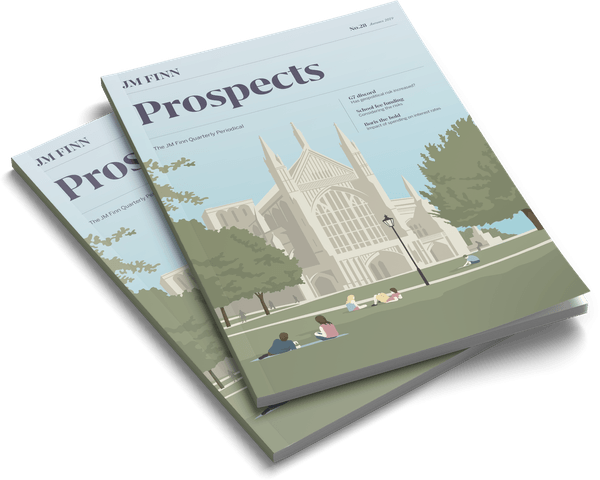In a nutshell, I think that post-trade war inflation will pick up prompting the Fed to go into “interest rate catch up mode”, poke in some swift and firm rate hikes to the point that the US, and indeed the rest of the world, flips into recession. This is my best guess as to what happens in 2021/2022.
But back home we now have to consider Boris’ spending and tax plans. Our new Chancellor, Sajid Javid is more than aware of what the prime minister expects of him: a break with the austerity of the past decade. During his leadership campaign, Boris pledged to cut taxes and to raise spending on healthcare, education and the police and since then Sajid has called for a cut in income taxes, a reversal in previous rises in stamp duty and a boost to spending. Johnson appears to be both revving up the economy to gain support for his plans with a fall back that more spending could cushion the fallout of a no-deal departure.
Boris’ extra 20,000 police men and women would cost £1 billion. The reversal of school funding would set the government back an extra £5 billion and he has pledged £3.6 billion to help towns and communities that had missed out on the asset-driven wealth creation, in addition to £5 billion to fix social care and public services. Boris also fancies an un-costed new rail line across the Pennines to connect Leeds and Manchester. That still leaves the £350 million on the NHS pledge scrawled across his Brexit Bus; but that may be included as part of the aforementioned £3.6 billion. The total bill at this point is c.£15 billion, and that’s before the railway.
The £24 billion cost of proposed tax cuts will be driven by raising the 40% threshold from £50,000 to £80,000 and increasing the level at which we start paying national insurance contributions (NI) from the current level of £8,632. The consensus cost for the income tax promise is £9 billion per annum with changes to NI priced at £3 billion of lost tax per £1,000 change in the starting level. Moving the NI starting level to £12,500 would therefore cost close to £11 billion. Removing stamp duty from houses below £500,000 would have cost £3.8 billion last year with future costs dependent upon turnover
During his leadership campaign, Boris pledged to cut taxes and to raise spending on healthcare.
The constraints that Boris faces are firstly, the unwritten “rule” that government borrowing in each year should be less than 2% of GDP. As we stand, government borrowing is at 1.1% so that gives him scope to (a) spend or (b) invoke tax cuts costing up to £26 billion. Another Tory rule (of prudence) relates to the UK’s debt pile and suggests that it should fall as a percentage of GDP each year. This rule allows him £25 billion each year up to 2024; whichever rule they use, there does not seem to be enough to fulfil all their plans.
In the event of a no-deal Brexit, these rules would probably be broken without remorse. Sajid Javid says he will have another £2.1 billion ready to spend to make sure that we all get our medicines and other critical supplies, as well as paying for more border officials.
The impact of this fiscal stimulus should be to help firm up interest rates as the stimulus would likely push inflation higher. Coupled with what I think will happen in the US, I would therefore stick with the view that the short end of the bond market is probably the place to be.





